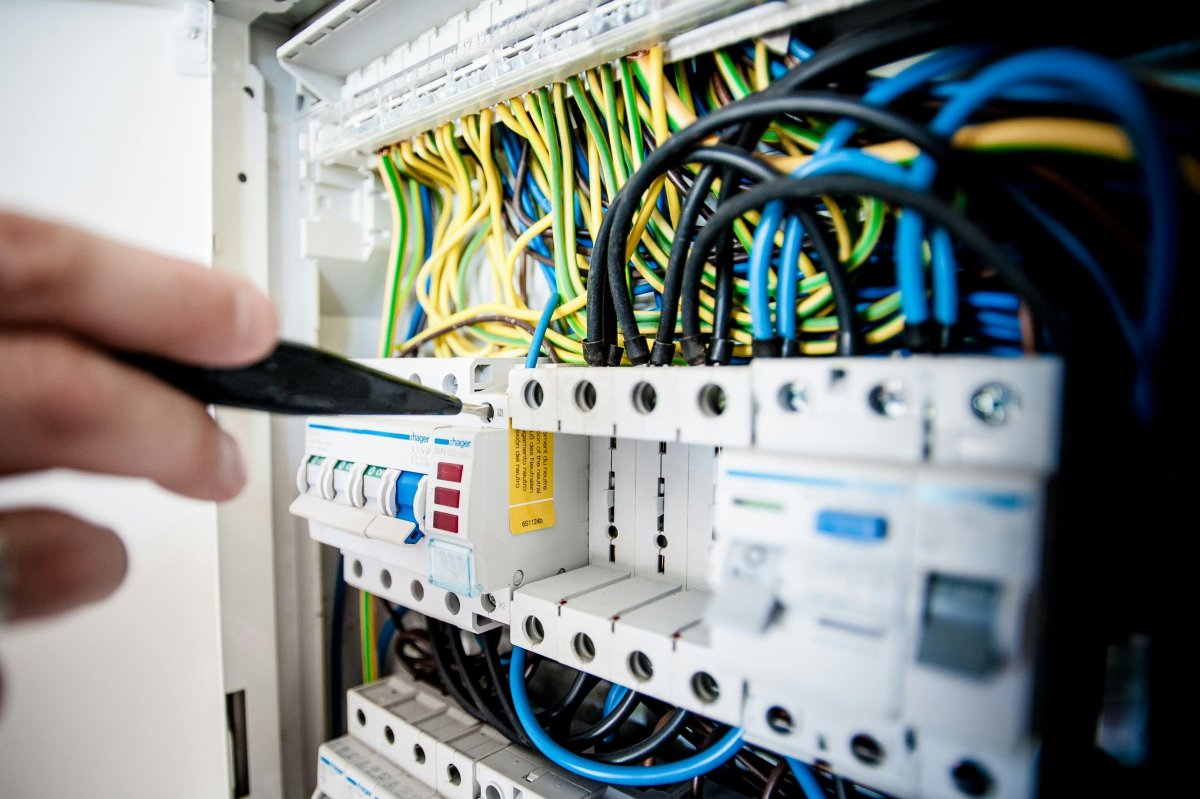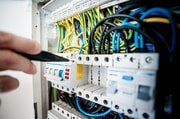
You’re doing all the right things—switching off lights, adjusting the thermostat, maybe even timing your laundry to off-peak hours. But what if your home has a few sneaky saboteurs quietly working against you, quietly draining energy and money from your account?
These“energy vampires” appliances that draw power even when switched off—might seem harmless enough. But when you add them up, they could be quietly inflating your household energy costs more than you realize.
That's money that could be better spent elsewhere, especially considering the National Energy Assistance Directors Association warns that 2025 may be the most expensive energy year of the decade. Average households are expected to pay at least 6% more than in 2024, with costs climbing even higher depending on where you live and the type of home you’re in.
Luckily, tackling these energy vampires is easier than you might think, and the savings can make a real difference to your bill.
What exactly are energy vampires?
Energy vampires, also known as standby power, refer to the energy drawn down by an appliance when it's not in use.
Your TV sitting quietly in the corner, ready to spring to life at the touch of a remote? That's drawing power. The microwave displaying the time? Also using electricity, around the clock.
These energy vampires can quietly add up. According to the U.S. Department of Energy, standby power accounts for 5–10% of residential electricity use, costing the average household $100 to $200 per year in wasted energy.
The worst energy vampires in your home
Understanding which appliances are the biggest energy drains can help you prioritize your unplugging efforts. Here are the eight most important ones to tackle:
Space heaters: Fire risk and power drain
According to an updated 2025 data from Home Grail, space heaters are linked to approximately 21,800 residential fires per year in the United States, making them one of the most common sources of home heating-related fire incidents. Even when switched off, space heaters with digital timers or temperature sensors continue drawing power.
The bottom line: always unplug space heaters completely when not in use. Never plug them into power strips or extension cords, as the high power draw can cause these to overheat and potentially start a fire.
TVs: Always ready, always consuming
Your television needs to stay partially powered to respond instantly to your remote control. The power consumption varies significantly between brands and models.
For TVs that aren't used daily—perhaps one in a spare bedroom—unplugging makes perfect sense. For your main television, consider whether the convenience is worth the cost.
Hair dryers and styling tools: Bathroom safety first
While hair dryers and curling irons typically don't draw power when switched off, there's a compelling safety reason to unplug them. The heating elements and wet bathroom environment create risks of fires or electrical shock, making unplugging a smart safety habit regardless of energy savings.
Heated towel warmers: Luxury with a cost
That lovely warm towel comes at a price—some towel warmers use up to 140 watts continuously if left plugged in, and many models don't even have an on/off switch. As heating appliances, they also present potential fire hazards when left unattended.
Gaming consoles and set-top boxes: The sleeping giants
Set-top boxes ranked among the biggest energy vampires in a study, and gaming consoles also draw significant wattage in sleep mode.
If you have a smart TV, you might be able to bypass set-top boxes entirely by connecting directly to streaming services through the TV.
Also read: Don’t risk it: The surprising appliances you should unplug before the next storm hits.
Home office equipment: The forgotten power drains
Printers left on standby mode and shredders both use far more energy than necessary. Since these aren't typically needed at a moment's notice, they're perfect candidates for complete disconnection between uses.
Kitchen appliances with displays: Small drains, big totals
Any kitchen appliance with a digital display—programmable coffee makers, microwaves showing time, or smart appliances—draws power continuously. While individually small, these add up across multiple appliances.

Computers: Sleep mode isn't enough
Putting computers into sleep mode helps with energy usage, but laptops and desktops still draw energy when plugged in. Shutting down completely overnight or during extended absences enables the RAM to clear, improving performance and protecting electronics from power surges.
Making energy vampire hunting easier
The key to success is making energy-saving convenient rather than cumbersome. Here are practical strategies:
Focus on occasional-use items first
If gaming sessions are infrequent, you have a rarely used TV in a guest bedroom, or a printer used only occasionally, focus on keeping those unplugged rather than items used multiple times daily.
Ensure easy access to plugs
If you have to squeeze behind furniture to reach plugs, you won't maintain the habit. Consider having an electrician install additional power points in accessible locations.Use surge protectors strategically
Group related devices on a single surge protector so you can switch off multiple items at once. Master/slave power boards automatically cut power to peripheral devices when you shut down the main appliance.
Smart surge protectors take this further, allowing you to control individual devices remotely and monitor energy usage for each item.
Create dedicated charging stations
Set up charging stations for smartphones, smartwatches, and laptops, making it easy to unplug chargers when devices are fully charged. While smartphone chargers use small amounts of electricity individually, multiple chargers throughout the home can add up significantly.
Look for energy-saving settings
Many gaming consoles, computers, and TVs have energy-saving settings that put devices into deeper sleep modes faster, or disable “quick start” features that increase power consumption.
Small changes, significant impact
The beauty of tackling energy vampires is that it requires no major lifestyle changes or expensive upgrades. A few quick changes to your habits at home could save a significant amount of money each year, money that's particularly valuable as electricity costs continue rising across the country.
Start with one room, identify the devices that could be unplugged easily, and gradually extend the practice throughout your home. Your quarterly electricity bill—and your bank account—will thank you for it.
What energy-saving strategies have worked best in your home? Have you noticed a difference in your electricity bills after making these changes? Share your experience with fellow readers in the comments below.






